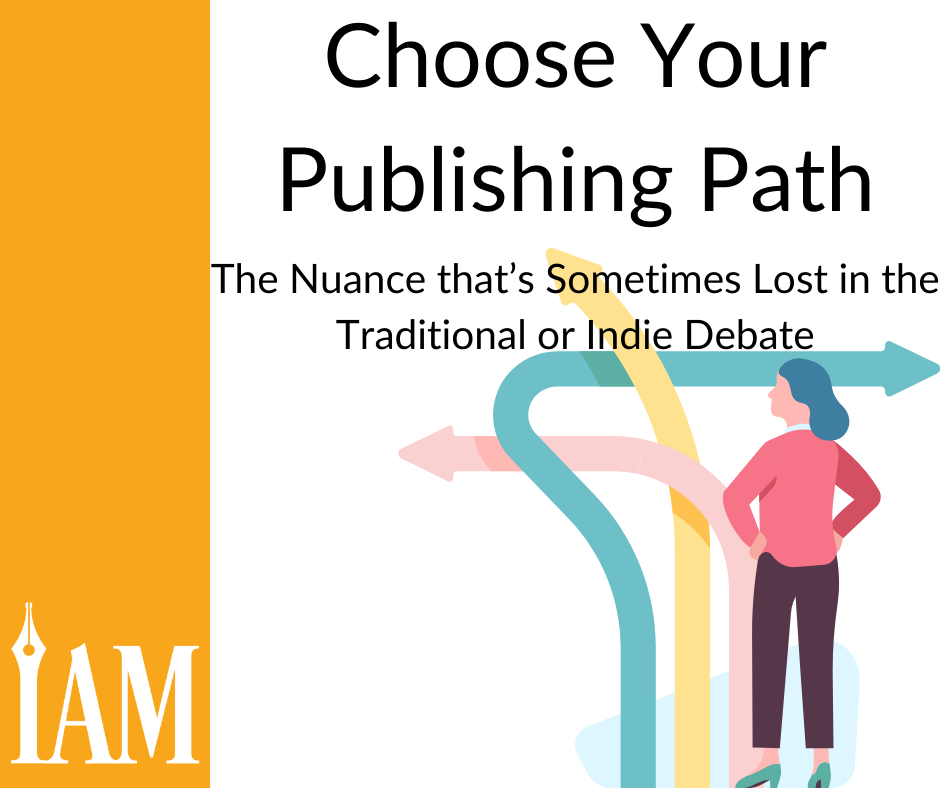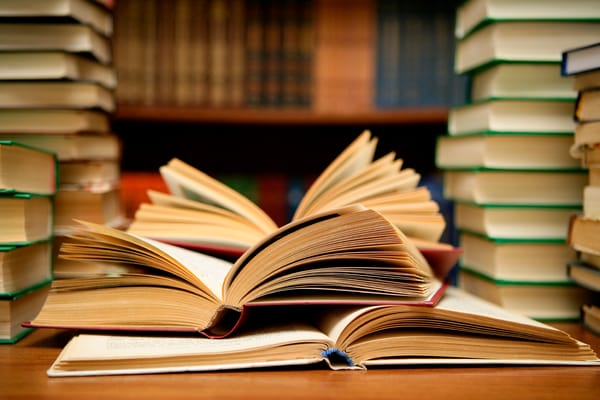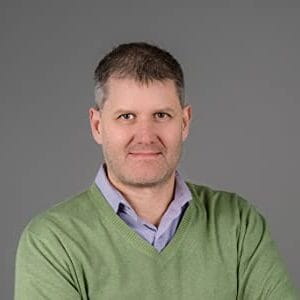The Nuance that’s Sometimes Lost in the Traditional or Indie Debate
Tanya Nellestein
Authors, take your corners! It’s the indie-versus-trad knock-out round. In the indie corner are the authors with complete creative control, slaves to no master, with the freedom to chart their own course. In the trad corner are the authors with editorial and marketing support, and the all-important ingredient of credibility. Winner takes the royalties!
But is it really that clear-cut?
The traditional-versus-indie publishing debate often oversimplifies the realities faced by authors in both realms. The decision to publish traditionally or independently is nuanced and depends on an author's goals, preferences, and the specific project at hand. So how does an author decide which path to pursue? Five authors with unique publishing backgrounds shared the factors they considered when making the choice for their own books, as well as the way the decisions have shaped their experiences in the author world.
Shared Realities
Indie authors are well acquainted with the demands of marketing their own work. From building an online presence to managing promotional efforts, indie authors actively engage in the marketing process. But contrary to the perception that traditional publishers handle all marketing, many traditionally published authors actively participate in promoting their books as well, and authors are increasingly expected to leverage their platforms and engage with readers. Check out BookBub’s February 2017 article, “How Traditionally Published Authors Market Their Books,” for insights into this.
Marketing isn’t the only responsibility shared by traditional and indie authors. Traditional publishing, indie publishing, and the various hybrid versions of the two can be more similar than many realize in several respects. In others, the pros and cons of each publishing route tend to balance out.
Building and maintaining an author platform is crucial for many indie authors. This includes managing social media accounts, cultivating a mailing list, and establishing a personal brand. Traditional publishers also value authors with strong platforms, and some even ask for evidence of such at the submission stage. A sizable and engaged audience enhances an author's appeal to publishers and contributes to a book's success.
One of the primary attractions of self-publishing is the autonomy it offers. Indie authors maintain control over cover design, release schedules, and content without navigating the approval process of a traditional publisher. While traditional publishing provides a team of professionals to guide the process, authors may need to relinquish some creative control. This trade-off is a significant factor for those valuing editorial support and a collaborative publishing experience and is the reason some traditionally published authors explore self-publishing for specific projects or genres.
Self-published authors often leverage online platforms for distribution, with a focus on e-books and print-on-demand services. Building visibility requires strategic marketing efforts. Meanwhile, traditional publishing provides access to established distribution networks, increasing the likelihood of bookstore placement. Publishers also contribute to marketing efforts, enhancing a book's visibility.
The indie publishing process is known for its agility, allowing authors to release books more quickly. This can be advantageous for timely topics or series releases. Traditional publishing, while offering extensive support, follows a longer timeline. Authors might opt for this route for the credibility associated with a traditional imprint and the comprehensive publishing process.
To better understand the ways these publishing paths can affect authors’ careers, five authors—including an indie author, a traditionally published author, and a hybrid author—shared how and why they chose to pursue their respective publishing methods.
The Indie Author: Jacqueline Hayley
“I grew up reading Mills & Boon, and I submitted my first book to Harlequin and Entangled [publishing companies], and waited … But I wanted to get my story out into the world! I’m impatient and like to do things my own way, so as soon as I made the decision to self-publish, I didn’t look back.
“To be fair, I have experience and skills—my background is in graphic design and digital marketing—that make self-publishing less daunting than it may be to others.
“As an indie author, I work for myself, to my own deadlines. This could be a con for others, but for me it’s a definite pro. I also love having complete creative control. I can advertise using Facebook and Amazon ads, and know the exact impact it’s having on my books. Being able to see the KDP dashboard—which I monitor daily—allows me to make informed marketing decisions.
“On the flip side, you have to be self-motivated, and willing to invest time into the indie author community. There is no guaranteed income like there is with a royalty check, and it’s harder/time intensive to get self-published books into bookstores/libraries.”
The Traditionally Published Author: Cassie Laelyn
“I set out to be trad published because I wanted to see my book in a bookstore. I signed a contract, worked with a lovely editor and team, and published my book. While I enjoyed the experience and worked with a great editor who has helped me grow as an author, the publisher didn’t have the reach/marketing team to push my book onto the shelves of physical stores.
“When the opportunity to contribute to a self-published anthology came along, I took it, wanting to explore another method of publishing. I enjoyed the freedom of designing covers and the publishing timeframe, but I also didn’t work so well at setting my own deadlines especially when it came to clashes with my family and high needs child. (This resulted in a lot of personal growth and understanding my Clifton Strengths.)
“I like structure and ‘rules’ and enjoy trad publishing because it’s a systematic plan where I know what to expect. But I don’t have control over many aspects and a lot of it is at the mercy of the publisher. Whereas self publishing has so much autonomy that I sometimes get overwhelmed with the sheer amount of steps to navigate.”
The Hybrid Author: Clare Connelly
“When I chose to publish traditionally, it was never with the intention of pursuing this instead of my self-publishing career, but always as an adjunct. As my indie career grew and the income derived from it became increasingly important to our family, I felt a desire to future-proof that income as much as possible.
“As a lover of category romance, writing for Mills & Boon is something I aspired to for as long as I’ve been writing—and reading—romance. I’m keen to learn as much as I can as a writer, and as the market leader in category romance, I knew that having the opportunity to work with an experienced editor at Mills & Boon was an opportunity I couldn’t turn down.
“There have been some years where juggling traditional and indie publishing has been a bit of a head spin. In 2019, I wrote ten books for Mills & Boon and released at least five self-published titles. The demands of writing that many novels, and writing them well, plus going through the revision and editorial process, meant I was working incredibly long days.
“More than just the writing of these books was the added requirement on the self-publishing side to manage my business, by implementing strategies for diversification and growth, marketing and speaking opportunities, etc. There were definitely times when I couldn’t see the forest for the trees. I try really hard not to over-commit myself now, and take a holistic view of my work schedule.”
The Indie Author Who Said No to a Publisher: Michelle Montebello
“I was approached by a major publisher asking to see my current manuscript. I was excited that they'd reached out, but I was also apprehensive because the book was only days away from being independently published. It had been edited several times, had a great cover, all my marketing was in place, and my readers were hungry for it.
“Still, I sent the manuscript to the publisher. It was four months before I heard back from them. They advised me that the ending was fantastic, but the whole first half would have to be rewritten. While I appreciated their feedback, I didn't entirely agree. I decided to go ahead with self-publishing. This book went on to win two awards and drew interest from Voltage Pictures.
“There were several reasons why I decided not to progress to a contract with the publisher. As an indie author, I enjoy complete creative and marketing control of my work. I don't sign the rights to my books away, can put them on sale when I like, and I retain all of my royalties.”
The Indie Author Who Said Yes to a Publisher: Rae Caerns
“I always wanted to be traditionally published, but after I wrote my first book and received no interest from any publishers, I made the decision to indie publish. I spent ten months learning the business of self-publishing before I released my book. Then I got lucky. A major newspaper reviewed the book, and that drew the interest of other reviewers, which, in turn, led to wider promotion. The book did pretty well, and it was picked up by Bolinda Publishing as an audiobook.
“In July 2021, I was shortlisted for the Ned Kelly Awards, Australia’s oldest and most prestigious awards honoring published Crime Fiction. I didn't win but was inundated with interest. I got an agent and we decided that HarperCollins was the best fit. Not long after, I signed a two-book deal with them.
“Distribution was the driving force in this decision as I’m under no illusion about the amount of work that goes into marketing and other aspects of the business of publishing. I am happy to hand off the jobs I know I’m not great at to a team of experts I don’t have to source. I appreciate and enjoy the team aspects of trad publishing.”
***
As the boundaries between traditional and indie publishing blur, authors are presented with a spectrum of possibilities. But the paths are not necessarily mutually exclusive, nor is one inherently better than the other when considering a variety of factors; instead, they can complement each other in a way that aligns with an author's specific goals and aspirations. Whether forging ahead as an indie author, embracing traditional publishing, or navigating the middle ground, authors now have the agency to craft a publishing journey that best serves their unique vision and objectives.
Tanya Nellestein









